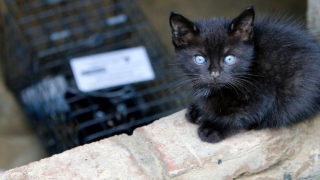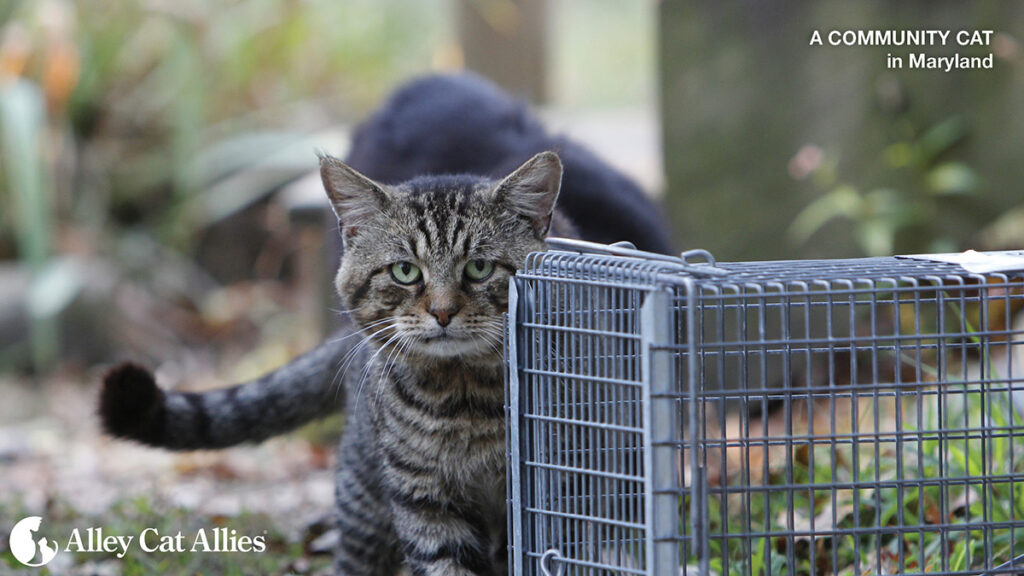Trap-Neuter-Return (TNR) is the humane and effective approach to community cats—but following the best practices is crucial to ensure the safety and wellbeing of the cats. It cannot be stressed enough that set humane traps should never be left unattended.
TNR advocates should keep careful track of every trap they set and have an eye on them from a distance throughout the trapping process.
Here are the biggest reasons to never leave a humane trap unattended.
1. Forgetting a trap could be deadly
If a trapper leaves a set humane trap and walks away for hours, or sets multiple traps in different areas, there is a higher chance the trap could be forgotten. If a cat enters the forgotten trap and nobody discovers them, they will not be able to free themselves. As well as always monitoring traps, keep a record of all traps you set and where you set them.
2. Covering the trap is critical to reduce stress
As part of TNR best practice, a cat in a trap should be covered right away by a trap cover, towel, or blanket to calm the cat down and stop them from thrashing. If a trap is left unattended, a cat could go for hours without that feeling of security.
3. Trapped cats need to be moved to a temperature-controlled space
Trapped cats need to be moved right away to a temperature-controlled area, especially when the weather is notably hot or cold. Keep in mind that cats cannot easily warm or cool themselves when confined in a trap. Depending on where the trap is set, what was once a shaded area may not be later in the day.
4. Traps could be stolen
Setting a trap and walking away for long periods of time increases the chance that your traps and other equipment could be taken. The best solution: always have a set of eyes on your trap.
5. Cats are vulnerable when trapped
A cat cannot run away or defend herself if she is confined in a humane trap. Leaving a trap unattended increases the chance that the cat is harmed by another animal, or that the trap is encountered by another person. The person could release the cat in the trap or, worse, harm the cat.
—
So please, monitor set traps at all times. Move immediately to the next step of the TNR process—preferably on the same day of trapping—and do not leave cats in humane traps for days on end before or after their spay or neuter surgery. Learn more best practices with our Step-by-Step Guide to Trap-Neuter-Return.



